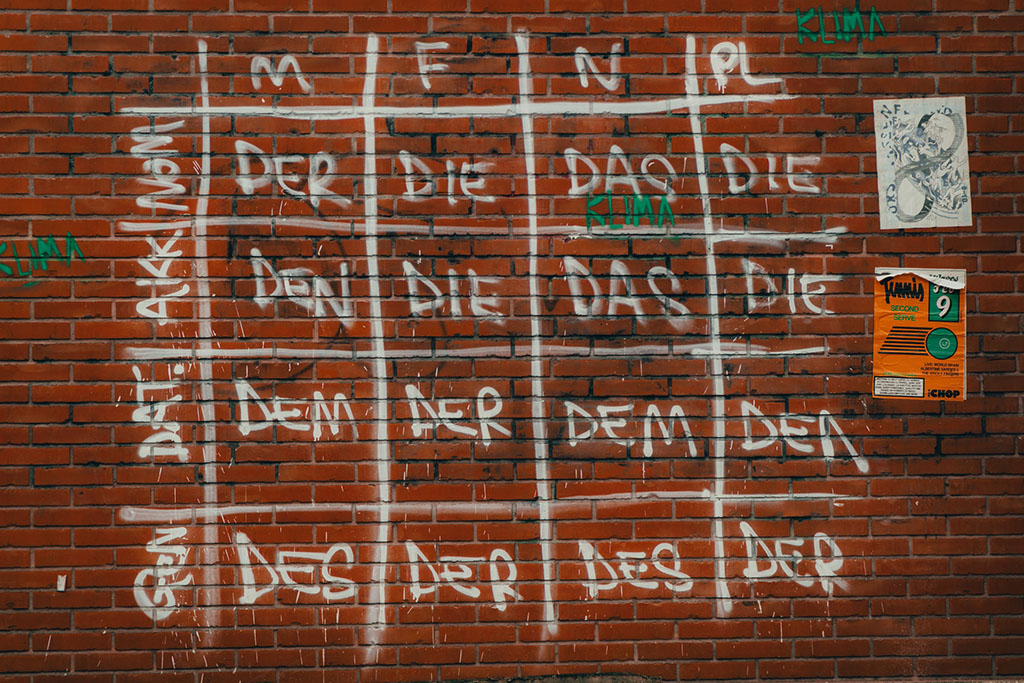Understanding the Case System in the German Language
In language learning, especially when it comes to German, it is important to understand what is known as the "case system". This concept, although absent in English, is an integral part of the German grammar structure and is one of the key aspects that make learning German unique.

The case system revolves around the idea that a noun's function within a sentence can change the form of the word itself. This function is expressed through different case forms. German, specifically, uses four cases: Nominative, Accusative, Dative, and Genitive. Let's take a closer look at each one.
The Nominative Case (Nominativ)
The nominative case is the simplest of the four cases. It's used for the subject of a sentence - the person, animal, or thing doing the action. For example, in the sentence "Der Hund spielt" ("The dog is playing"), "Der Hund" is the subject, and thus is in the nominative case.
Different genders (masculine, feminine, neuter, and plural) have different definite and indefinite articles in the nominative case: "der" (masculine), "die" (feminine, and also plural), "das" (neuter), and "ein" (masculine and neuter) or "eine" (feminine) for indefinite articles.
The Accusative Case (Akkusativ)
The accusative case is used for the direct object of a sentence - the receiver of the action. For instance, in the sentence "Ich sehe den Hund" ("I see the dog"), "den Hund" is the direct object, hence it's in the accusative case.
The definite articles for the accusative case are: "den" (masculine), "die" (feminine, and also plural), and "das" (neuter). The indefinite articles remain "einen" (masculine), "eine" (feminine), and "ein" (neuter).
The Dative Case (Dativ)
The dative case is used for the indirect object of a sentence - generally the entity to or for whom the action is done. For example, in the sentence "Ich gebe dem Hund ein Leckerli" ("I give the dog a treat"), "dem Hund" is the indirect object and is therefore in the dative case.
The definite articles for the dative case are: "dem" (masculine and neuter), "der" (feminine), and "den" (plural, with an extra 'n' or 'en' added to the noun). Indefinite articles are "einem" (masculine and neuter), "einer" (feminine), with no indefinite article for plural.
The Genitive Case (Genitiv)
The genitive case is typically used to show possession or belonging. It is similar to English's use of apostrophe S ('s) or the word "of". In the sentence "Das ist das Haus meines Bruders" ("This is my brother's house"), "meines Bruders" (of my brother) is in the genitive case.
The definite articles for the genitive case are: "des" (masculine and neuter), "der" (feminine and plural). Indefinite articles are "eines" (masculine and neuter), "einer" (feminine), with no indefinite article for plural.
Leave a Reply